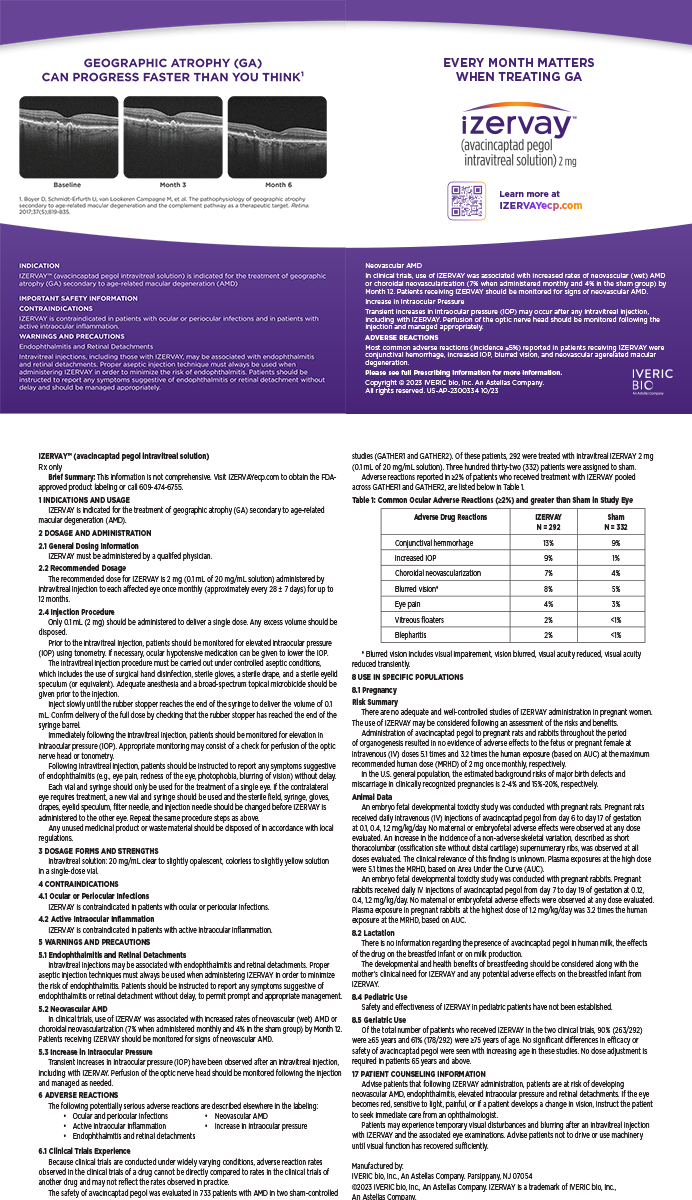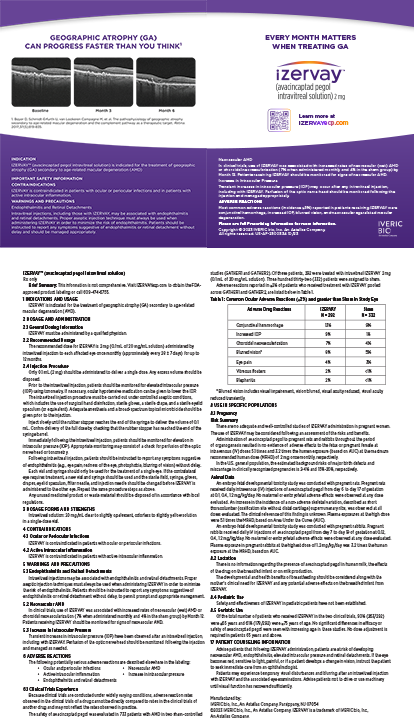The Hansatome microkeratome (Bausch & Lomb Surgical, Inc., San Dimas, CA) delivers consistent, reliable results and is relatively easy to use (Figure 1). Its excellent safety profile reassures me that its blade will not penetrate a patient's cornea. Additionally, the device can produce large flaps, which are optimal for treatments involving wide-zoned ablations with scanning excimer lasers, but it also safely creates a flap with keratometry readings as flat as 37.00 D. I have been using the Hansatome for 6 years and consider it the industry standard.
CASE-TO-CASE RELIABILITY
The Hansatome's high suction levels (>100 mm Hg) produce consistent flaps and minimize the occurrence of complications. As with all microkeratomes, however, there is some variability in flap thickness—with this microkeratome, approximately ±25 µm. In my hands, the 160-µm depth plate usually cuts a flap of approximately 120 µm.
Epithelial Defects
Based on my own experience, the Hansatome was associated with a higher incidence of epithelial defects in the past. Now that I use a technique called one-drop LASIK, however, my rate of epithelial defects is less than 1%. With this technique, I place a single drop of proparacaine on the patient's corneal surface 10 seconds before performing the microkeratome pass. I place no other drops on the eye prior to the keratectomy, because they will induce a toxic keratitis that will increase the incidence of epithelial defects.
Loss of Corneal Sensitivity
A recent study found that the superior flap created by the Hansatome is associated with a longer loss of corneal sensitivity compared with nasally hinged flaps.1 I believe that, clinically, patients who receive a superior flap hinge experience delayed visual recovery. For this reason, I use a nasally hinged flap for many of my myopic LASIK patients, particularly when I anticipate delayed healing of the cornea.
Medication
At the start of each day, my technician mixes the antibiotic, steroid, and nonsteroidal drops into a cocktail in a sterile syringe. She places a few drops of this cocktail onto two Merocel spears (Medtronic Ophthalmics, Jacksonville, FL) for every procedure. I insert one each under the patient's upper and lower eyelids immediately prior to the keratectomy. Then, I place a drop of proparacaine on the cornea. This technique delivers all the necessary medications to the patient while limiting the opportunity for a toxic keratopathy to develop.
Suction
I believe that disengaging suction on the reverse pass minimizes the incidence of epithelial defects. Once I have completed the forward pass, I instruct the technician to disengage the suction. While I reverse the microkeratome, I remind the patient to look straight upward, despite the darkness. This effort should prevent the patient from potentially moving his eye in the wrong direction and thereby cutting a portion of the flap's hinge during microkeratome reversal.
Safety Check
Surgeons should always check the microkeratome before using it in each eye, because the Hansatome's blade can slip out of position. If this occurs, the device will sound normal when the motor is running, but the blade will not move. Proceeding with the microkeratome pass in this circumstance will produce a thin flap. I catch this problem in approximately one out of every 1,000 cases.
Speculum
Surgeons should consider using the Hansatome without a speculum for patients with small orbits, rather than try to cram the suction ring into a small eye. When using the “no-spec” technique, the surgeon should carefully pull down the patient's lower eyelid to prevent its getting caught in the advancing microkeratome. If the device does catch the lower lid, it will result in a small laceration.
Blades
I have used the blades from both Bausch & Lomb Surgical, Inc., and OASIS Medical, Inc. (Glendora, CA). Regardless of my current blade choice, my technicians always examine each blade separately under high magnification to ensure it has no defects. If the blade does not fit smoothly into the microkeratome, we replace it because it will scratch and damage the interior of the microkeratome. I also check each blade prior to performing every procedure. The quality of the blades varies considerably, so I never assume that blades are flawless.
MAINTENANCE
The Hansatome must be meticulously maintained. If the resistance level on its motor starts to run higher than 30, our first step is to change the blades. If the problem is not resolved, we send the unit in for service.
CONCLUSION
An excellent safety profile and consistent results make the Hansatome the gold standard for microkeratomes in my opinion. Most of the complications associated with the device may be minimized by following the suggestions described herein.
1. Donnenfeld ED, Solomon K, Perry HD, et al. The effect of hinge position on corneal sensation and dry eye after LASIK. Ophthalmology. 2003;110:1023-1029.


